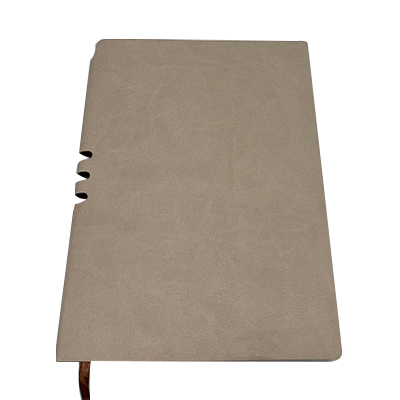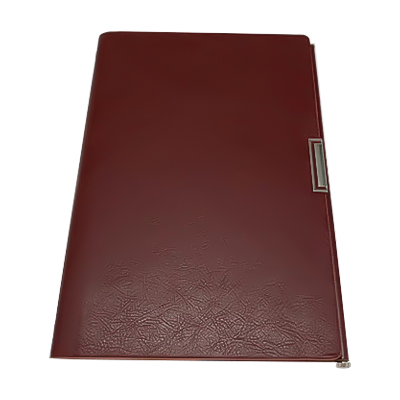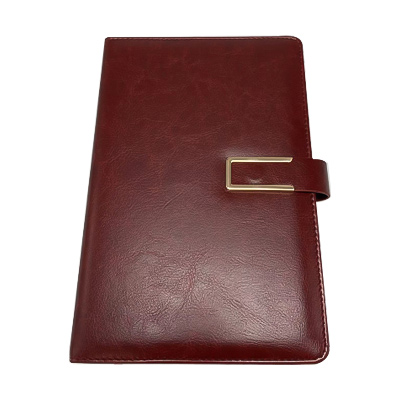1.Brand Identity: Packaging design is the visual representation of a brand's personality, values, and promises. Through carefully crafted logos, colors, and fonts, brands create a distinctive identity that sets them apart from competitors. Consistency across all packaging materials reinforces brand recognition and fosters trust among consumers. For example, iconic logos like Coca-Cola's dynamic script or Apple's minimalist apple symbol instantly evoke brand associations and loyalty. When consumers encounter familiar branding elements on printing paper packaging, they feel reassured about the quality and authenticity of the product.
2.Visual Appeal: In today's cluttered retail environment, visually striking packaging is essential for capturing consumers' attention amidst countless choices. Printing paper packaging provides a canvas for creative expression, allowing brands to showcase their products in captivating ways. Bold graphics, intricate illustrations, and vibrant colors can evoke emotions, tell stories, and convey product attributes. For instance, a cereal box adorned with playful cartoon characters may appeal to children, while sleek, minimalist packaging may attract design-conscious consumers looking for premium skincare products. Through visually appealing packaging, brands can effectively communicate their unique selling propositions and create memorable impressions that drive purchase decisions.
3.Messaging: Beyond aesthetics, printing paper packaging serves as a communication platform, conveying important messages about the product's features, benefits, and values. Brands leverage this space to share compelling narratives, highlight key ingredients or certifications, and differentiate themselves from competitors. Whether it's emphasizing a product's natural ingredients, cruelty-free status, or ethical sourcing practices, the messaging on packaging plays a crucial role in shaping consumers' perceptions and purchase intentions. Clear, concise, and persuasive messaging helps consumers understand what sets a product apart and why it's worth choosing over alternatives.
4.Perceived Value: Packaging design influences consumers' perceptions of a product's quality, desirability, and worth. By investing in high-quality printing techniques, premium materials, and sophisticated finishes, brands can elevate the perceived value of their products. Luxurious touches like embossing, foiling, or matte coatings add tactile appeal and visual sophistication, signaling to consumers that the product is special and worthy of a higher price point. In the competitive marketplace, where consumers often equate price with quality, premium packaging can justify premium pricing and enhance the overall brand experience.
5.Targeting Specific Audiences: Effective packaging design takes into account the preferences, tastes, and lifestyles of target consumers. By understanding their target demographic's demographics, psychographics, and purchasing behavior, brands can tailor packaging designs to resonate with specific audiences. For example, a beverage company targeting health-conscious millennials might opt for sleek, minimalist packaging with clean typography and vibrant accent colors, reflecting modernity and wellness. In contrast, a heritage brand catering to older consumers might embrace nostalgic design elements and classic imagery that evoke feelings of tradition and trust. By aligning packaging aesthetics with the preferences of their target audience, brands can strengthen their emotional connection and loyalty.
6.Differentiation in a Crowded Market: In crowded product categories where differentiation is challenging, packaging design becomes a powerful tool for standing out on the shelf and capturing consumers' attention. Unique and innovative packaging solutions help brands distinguish their products from competitors, sparking curiosity and driving trial. Whether it's through unconventional shapes, interactive features, or bold visual cues, standout packaging invites consumers to engage with the product and discover its unique benefits. By breaking through the visual clutter and creating memorable experiences, brands can carve out a distinctive identity in the marketplace and build lasting relationships with consumers.
7.Functional Features: Beyond aesthetics, printing paper packaging can incorporate functional elements that enhance usability, convenience, and product protection. Brands recognize that packaging serves a practical purpose beyond aesthetics, and they leverage this opportunity to address consumers' needs and pain points. For example, resealable closures on snack bags prolong freshness and prevent spillage, while ergonomic handles on carryout boxes improve ease of transportation. By integrating thoughtful design features that simplify consumers' lives and enhance the product experience, brands can differentiate themselves as customer-centric and innovative choices in the market.
8.Seasonal and Promotional Variations: Printing paper packaging offers flexibility for brands to create seasonal variations, limited editions, or promotional tie-ins that capitalize on consumer trends and occasions. Seasonal packaging changes, such as holiday-themed designs or summer-inspired motifs, create excitement and urgency, prompting consumers to make impulse purchases. Limited-edition collaborations with artists, designers, or celebrities generate buzz and drive collector appeal among avid fans. Promotional packaging featuring contests, sweepstakes, or QR code activations incentivize consumer engagement and foster brand loyalty. By tapping into timely themes and cultural moments through packaging adaptations, brands can maintain relevance and capture consumers' interest throughout the year.
9.Environmental Considerations: In an era of heightened environmental awareness, sustainable packaging practices have become increasingly important for brands seeking to differentiate themselves as responsible stewards of the planet. Printing paper packaging offers opportunities for brands to minimize their environmental footprint by using recycled materials, eco-friendly inks, and biodegradable coatings. Communicating sustainability commitments through packaging design, such as eco-labels, recycling instructions, or carbon footprint messaging, resonates with environmentally conscious consumers who prioritize eco-friendly choices. By embracing sustainable packaging solutions, brands not only differentiate themselves as ethical and environmentally responsible but also appeal to a growing segment of eco-conscious consumers seeking to align their purchasing decisions with their values.
Display Boxes With Cartoon Image for Shelf Display Can be Customized Diecut and Design
Display Boxes can be different shapes and different themes. For oganising and displaying small goods on the shelves in supermarts or shopping malls. To show image of the brands of the company and images of the goods. Help customers to learn about the goods. Attractive desgin and printing can help to increase sales. Flexible for every corner of the store or supermarket.

 English
English Deutsch
Deutsch Français
Français Español
Español русский
русский عربى
عربى





